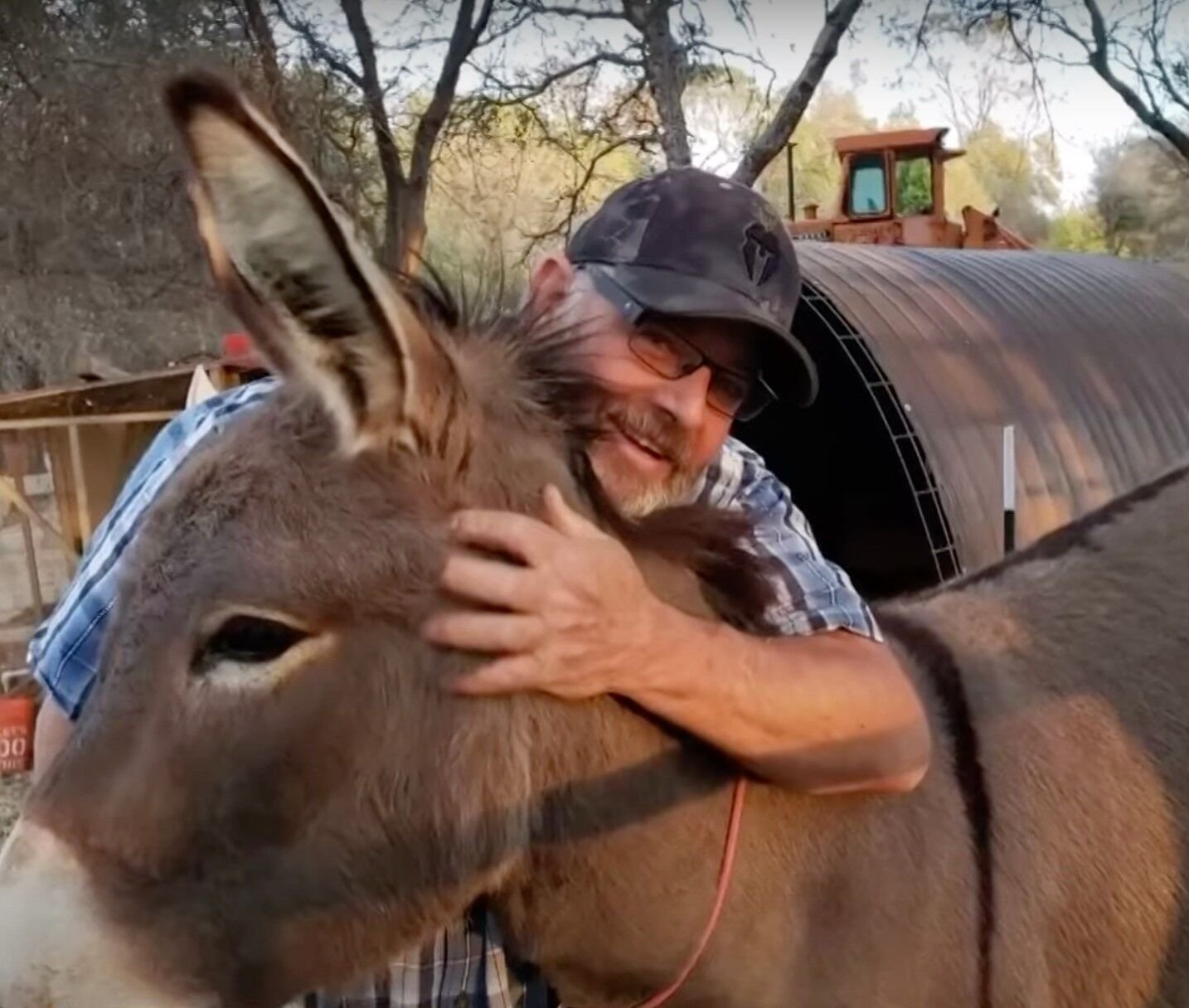Walk through a smart gardener’s yard in summer, and chances are you’ll spot one plant popping with color, buzzing with life, and soaking up the sun like it was born for it. That’s bee balm—a native perennial that’s quietly becoming the darling of gardens across the country.
Why the sudden love? Well, it’s not just about the pretty flowers (though, wow, those blooms are something else). Bee balm checks all the boxes: it’s low-maintenance, pollinator-friendly, and incredibly versatile. If you’ve got a sunny patch of soil and a soft spot for plants that do it all, bee balm might just be your garden’s new MVP.
Let’s dig into what makes this native beauty a must-have.
What Is Bee Balm, Anyway?
Bee balm—also known by its botanical name Monarda—is a North American native that’s been turning heads for centuries. It belongs to the mint family, and you can tell: its leaves have a slight spicy-mint scent when crushed.
This perennial grows in tidy clumps and shoots up stalks that bloom in bold shades of red, pink, purple, and white. The flowers have a wild, tousled look—like a firework frozen mid-burst. They’re not just eye candy either—they’re absolute magnets for bees, butterflies, and hummingbirds.
In short, bee balm is a native plant with major personality.
1. It’s a Pollinator Party Magnet
If you want your garden to hum—literally—bee balm is the way to go.
Hummingbirds can’t resist the tubular blooms. Bees show up in droves. And butterflies? They’ll flutter around like they own the place. With pollinator populations declining, planting native flowers like bee balm is one small but mighty way to make a difference.
And guess what? Your vegetable garden benefits too. More pollinators mean better fruit set for your tomatoes, peppers, cucumbers—you name it.
2. It’s Native, So It Gets Your Climate
One of the smartest gardening moves? Planting natives.
Because bee balm evolved right here in North America, it’s well-suited to local conditions. That means less watering, less fuss, and way more resilience. Whether your summers are dry and hot or muggy and buggy, bee balm holds its own.
It grows well in USDA zones 3 through 9, which covers a wide swath of the U.S. So odds are, it’ll thrive in your backyard too.
3. It’s Surprisingly Low-Maintenance
You don’t need a green thumb to keep bee balm happy.
Once it’s established, it pretty much takes care of itself. It likes full sun (though it tolerates light shade), and it’s not fussy about soil—as long as it drains well. A little compost in the spring and a bit of deadheading to keep blooms coming? That’s about it.
And if you’re battling deer or rabbits—good news: bee balm’s strong scent usually keeps them at bay.
4. It Comes Back Every Year (Stronger Than Before)
Perennials are the gift that keeps on giving, and bee balm’s no exception.
Plant it once, and it’ll come back year after year, often spreading gently to fill in bare spots. In fact, you may even want to divide it every few years to keep it from getting too crowded. Bonus: now you’ve got free plants to share with friends or tuck into new corners of your yard.
5. It Has Medicinal Roots (Literally)
Here’s a fun fact: Native American tribes used bee balm for all sorts of remedies.
It’s sometimes called Oswego tea, and its leaves were steeped to treat colds, soothe sore throats, and calm digestive issues. While today we mostly grow it for its beauty and pollinator power, it’s still neat to know this plant has a long history of being helpful.
If you’re into herbal teas or DIY salves, bee balm might be worth exploring beyond the flower bed.
6. It Looks Stunning in Any Garden Style
Cottage garden? Prairie planting? Pollinator patch? Bee balm fits right in.
Its upright form and vivid blooms make it a perfect mid-border plant, where it can add color without blocking the view. And because it blooms in summer—when many spring flowers have faded—it helps keep your garden looking lively through July and August.
Pair it with echinacea, black-eyed Susans, or ornamental grasses for a native-plant dream team.
7. It Even Smells Good
Not all flowers come with fragrance, but bee balm does.
Its minty, citrusy scent adds another layer of charm to the garden—especially on warm summer afternoons. You’ll catch whiffs of it as you walk by, and pollinators seem to love the aroma just as much as the color.
How to Get Started with Bee Balm
Ready to grow your own? Here’s what you need to know:
✿ Best Time to Plant:
- Spring or fall is ideal, but you can plant container-grown bee balm any time the soil isn’t frozen.
✿ Where to Plant:
- Choose a sunny spot with well-draining soil.
- Give it room to spread—about 18–24 inches apart.
✿ Care Tips:
- Water regularly during the first season.
- Deadhead spent flowers to encourage more blooms.
- Divide every 2–3 years to keep plants healthy and prevent overcrowding.
Final Thoughts: Bee Balm’s a No-Brainer
When it comes to native perennials that pull their weight—and then some—bee balm is the real deal. It brings in pollinators, adds bold color, smells amazing, and basically asks for very little in return. That’s why smart gardeners are planting it left and right.
So if you’re planning your next flower bed or just want to add some easy wow-factor to your yard, don’t overlook this native star. Your garden—and the bees—will thank you.
More native plant ideas? Curious about pollinator gardens? Let’s dig in! Drop your questions below or check out our other plant picks that’ll thrive in your zone.



